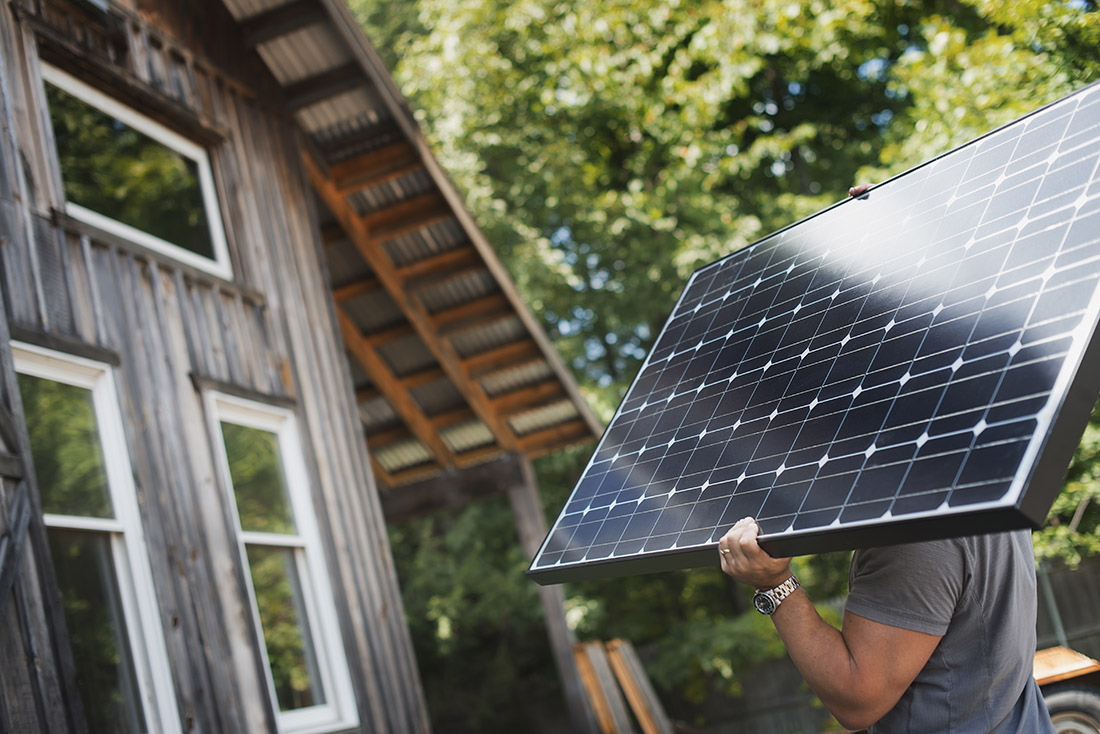by Jim Saunders
No consideration of a Sustainable Orillia is complete without addressing the importance of how actions taken with respect to housing can contribute to environmental sustainability.
Extreme weather related to climate change is costing everyone. Insurance payouts in Canada because of more frequent and violent weather events have risen from $400,000 ten years ago to $1 billion and is the reason premiums are rising dramatically. Home repair companies are doing very well, especially those specializing in fixing leaky basements.
Continued improvement in home-building design and materials that reduce energy consumption will help to cut greenhouse gasses. For new housing, the City has a certain amount of control through the building codes. As greener, more efficient new-home building practices are identified, building codes should be modified to require their use. Across Canada and elsewhere, builders are discovering that they can build Net Zero Energy (NZE) homes. These homes use a minimum of energy and, in addition, produce energy which equals consumption. The end result is a home which uses up to 80% less energy than a conventional home, producing very low year round utility bills; superior heating, cooling, ventilation; excellent levels of indoor air quality; and a minimal environmental footprint. Lower bills and more sustainable! Win-win, for sure.
Retro-fitting older housing can be more challenging, of course, but even there we are seeing that installing energy-efficient lighting, windows, and appliances can achieve savings over time which pay for the cost of the changes and then save the homeowner money every month thereafter. Better insulation can help. Some homeowners may even be able to install solar panel technology to generate electricity or use geothermal energy to generate heat. The communities of the future may well have all housing generating its own electricity for its own consumption. The missing piece at the moment is storage battery technology—but that may soon be available.

